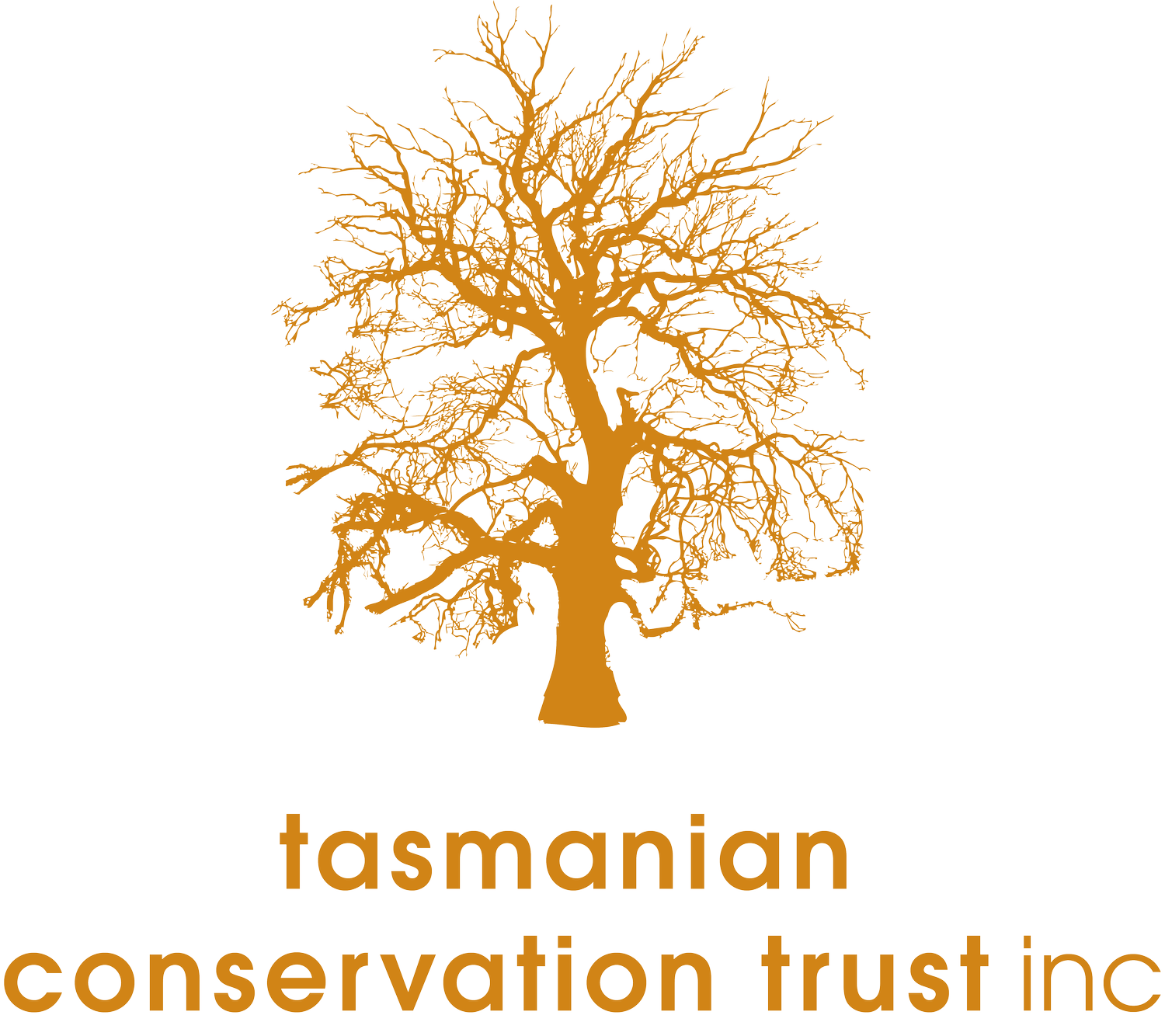Margaret Atkinson, known to many readers as the Tasmanian Conservation Trust’s office manager in the 1990s, died suddenly in September 2016 at the age of 81.
Friends and colleagues affectionately remember Margaret’s indefatigable commitment to Tasmania’s natural environment. When she left the TCT in 1997, she wrote in the Tasmanian Conservationist (no. 252):
“I have spent five happy years working for the Trust and feel very grateful that I have been able to work in such a pleasant environment for the things I believe in most.”
Her involvement in conservation in Tasmania ranged from being arrested at the Franklin Dam blockade to removing weeds at TCT’s South Esk Pine reserve (now owned by the Tasmanian Land Conservancy) and ensuring the smooth running of the offices of the TCT and others. Margaret was particularly proud of her role in keeping the Bush Heritage Fund on an even keel in its early years. She recruited members for the Brown Mountain Trust to buy and protect forest (now also a TLC reserve) beside Mount Field National Park; and was an effective advocate for recycling and waste-reduction.
Peg Putt, as Director of the TCT and MP for Denison, worked with Margaret, whom she remembers as ‘impressively organised’, and valued her practical approach and ability to prioritise competing demands. ‘I felt I needed her focus and no nonsense attitude ... She could be ogre or sweetheart, depending on what was required!’
Margaret’s other activities in Tasmania included building a mudbrick house, running a B&B in Scamander, bushwalking, swimming, bush dancing and visiting nursing-home residents. An enthusiastic grower of organic vegetables, she generously shared her knowledge and abundant produce with others.
In her sixties, she travelled solo across the Nullarbor and up Australia’s east coast as a WOOFER (Willing Workers on Organic Farms), to avocado farms, bat and butterfly sanctuaries – anywhere her knowledge and enthusiasm could be put to use.
Long-time TCT member Melva Truchanas fondly remembers Margaret’s sense of fun as well as her leadership qualities, saying:
“Always with far more energy than others, she made us think in much wider directions ... Her visionary common sense introduced us to ‘sustainable living’ ... she was just 20 or so years ahead in her thinking.”
An abiding characteristic was her strong social conscience and drive to ‘be of use’. While living in Wales in the 1960s Margaret noticed that cars were mostly driven by men, so she took it upon herself to teach local women to drive. In the 1970s, when the family moved to the Illawarra region of NSW, she helped to establish the area’s first women’s refuge, at Warilla. Later in life she returned to that area, where her three sons and their families still live. She built a small sustainable house and won a Waste Busters award for her organic vegetable garden. Ever determined to minimise her ecological footprint, despite debilitating arthritis (having both knees and hips replaced), in her seventies she continued to grow most of her own food, helped to run community gardens, volunteered for WIRES wildlife rescue and the National Parks Service, and continued to support the Wilderness Society and many other causes in whatever way she could. She also took up competitive croquet and was a challenging Scrabble opponent.
Although she demanded much of herself and others, Margaret had a dry sense of humour and a disarming sense of fun. She could seem intimidating, especially to those who didn’t share her strong opinions or high standards, but beneath the tough exterior was a selfless, caring and generous soul who constantly strove to defend the natural world she loved so much.
by Janice Bird - Freelance Editor (friend and past colleague)
If readers have memories or photographs of Margaret that they would like to share with her family, please email me at birdj@aapt.net.au and I will pass them on.
The photo at the top of this article is of Margaret Atkinson, courtesy of David Atkinson.

